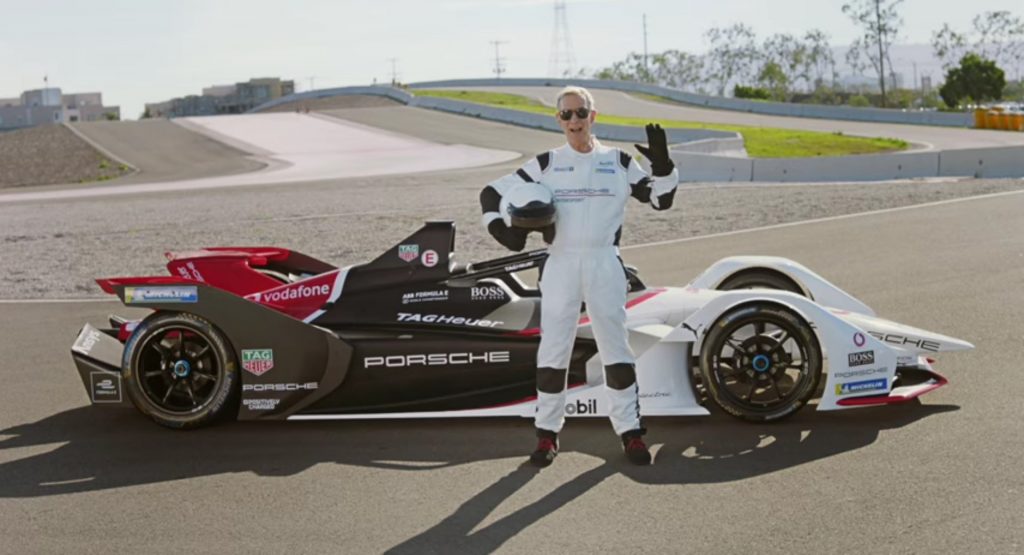Using his trademark real-world examples and with an animated whiteboard, Bill Nye has partnered with Porsche to talk us through the Taycan’s many features in a series of short, concise, easy-to-understand videos. Even if you get all of this stuff already, they’re still fun to watch.
The series covers fairly basic stuff, like regenerative braking, and moves through the vehicle’s systems before coming to a video on repeatable performance, which combines all of the ideas we’ve covered up to now. Man, science teachers really love a lesson plan.
Like most of the concepts covered, regenerative braking is fairly simple once you understand it. Basically, it works by turning the motor into a generator when you need to slow down. And whereas most cars can regenerate up to 80 kW, the Taycan does up to 265.
Read Also: Porsche Taycan RWD’s Performance Is Anything But Entry-Level
https://www.youtube.com/watch?v=Phdd7PB41Lo
The 800V system that Porsche is so proud of can be a little harder to understand. We know that it makes recharging faster, but why? Effectively, as Nye demonstrates, it’s like the difference between trying to fill a barrel with a garden hose versus trying to fill it with a fire hose. Bigger hose, fast filling.
Porsche’s two-speed transmission is also a bit odd. Although the advantage of electric motors was that they didn’t need gears, Nye explains that a sports gear helps get the car up to speed faster and is easier on the battery.
https://www.youtube.com/watch?v=gBqJ4RtWMpc
The Taycan also has the lowest coefficient of drag in Porsche’s road car history, helping it slip through the air as efficiently as possible. It can even lower itself to help it slice through the air better.
https://www.youtube.com/watch?v=X1yEWIeggrE
And it all combines to make a car that (in Turbo S trim) can hit 60 mph in 2.6 seconds time after time.
https://www.youtube.com/watch?v=Abq-ZjJZ4oo




